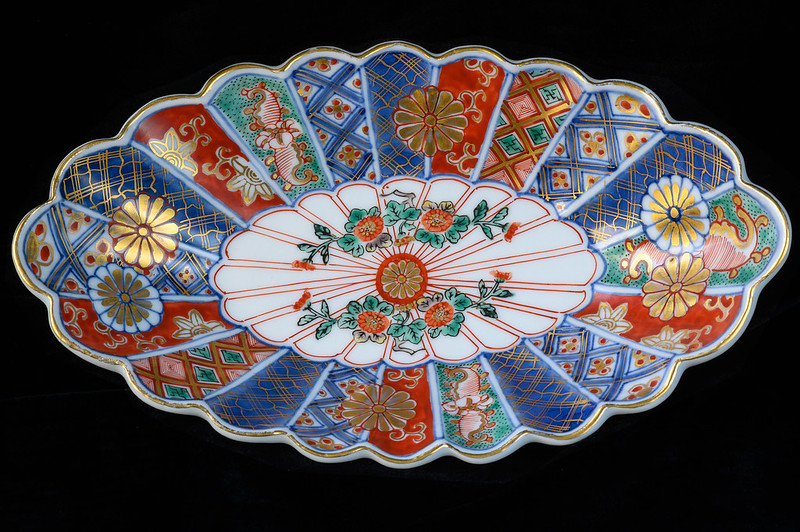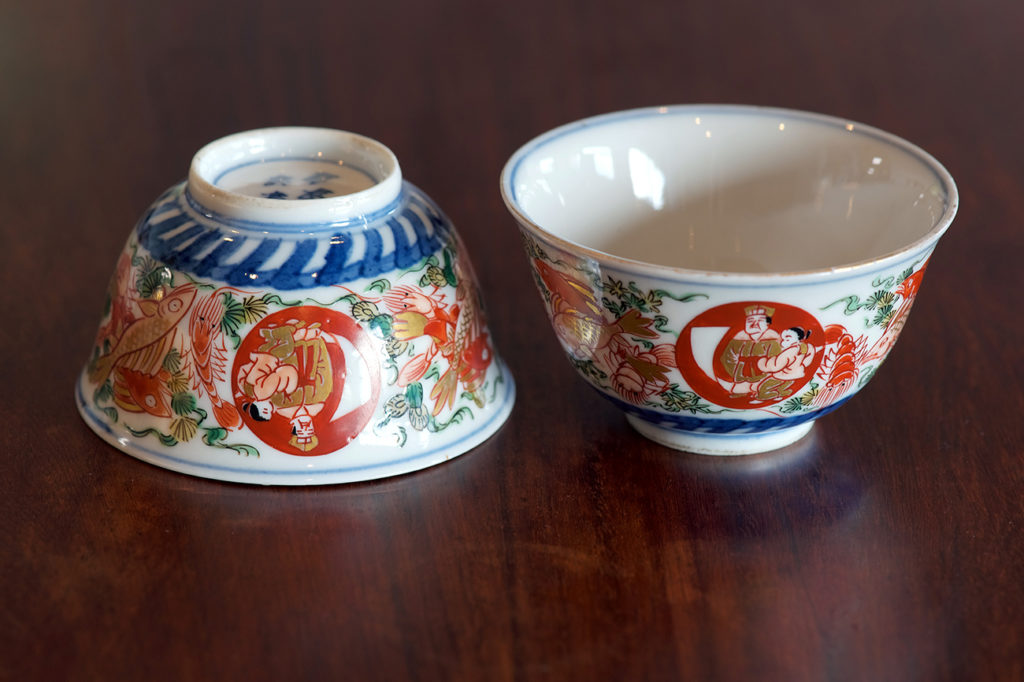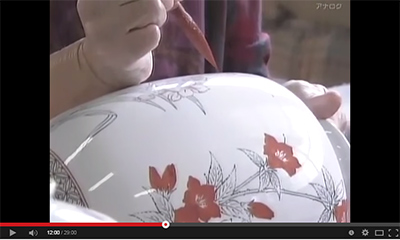
Japan’s Elegant Imari Porcelain
We have evolved a great distance from our cavemen ancestors, who roasted and ate food on twigs over a fire and, from the burnt wood, began drawing on cave walls. The discovery of kaolin (clay used for pottery) in the village Kao-Ling, China, began our love affair with fine porcelain. Today, we have become much more refined in how we prepare our food as well as the way we eat, some using porcelain plates with intricate designs. The quiet town of Arita, surrounded by mountains in Nishimatsuura District, Saga Prefecture, Japan is known for manufacturing some of the finest porcelains of the world.
Edo era Imari porcelain
Yi Sam-Pyeong (1579–1655), also known as “Kanage Sambei”, is considered the father of Imari porcelain, the type of porcelain made in Arita. He was a potter from Korea who discovered a fine-quality white porcelain mineral in Mt. Arita-Izumi-yama. Because he was offered a privileged position in his adopted country, Kanage Sambe travelled to Japan with along with 180 of his extended family. When he discovered kaolin, he began producing “Shoki-Imari,” Korean-style blue and white porcelain known as Ai-Kutani ware in Japan. In the mid 17th century, many Chinese sought refuge in Northern Kyushu when they fled from China, then experiencing unrest. One of the Chinese refugees introduced the coloring technique to Arita. Shoki-Imari then developed into Ko-Kutani Imari ware. Kanage Sambei is still honored, in Sueyama Shrine of Arita.
Dish.
Imari porcelain is world-famous because it was widely coveted and exported in the Western countries during the 17th century. There are three types of Imari porcelain:
Ko-Imari ware – decorated in either three colors known as sansei, or five colors (green, yellow, red, blue and purple), known as gosai.
Kakiemon ware – with elegant brushwork using persimmon on milky white background with touches of greens, light blue, grayish purple, brown and yellow. Common designs were birds and flowers and clouds and dragons.
Iro-Nabeshima – smooth body with a slightly greenish glaze.
Check out his YouTube video about Imari ware?

